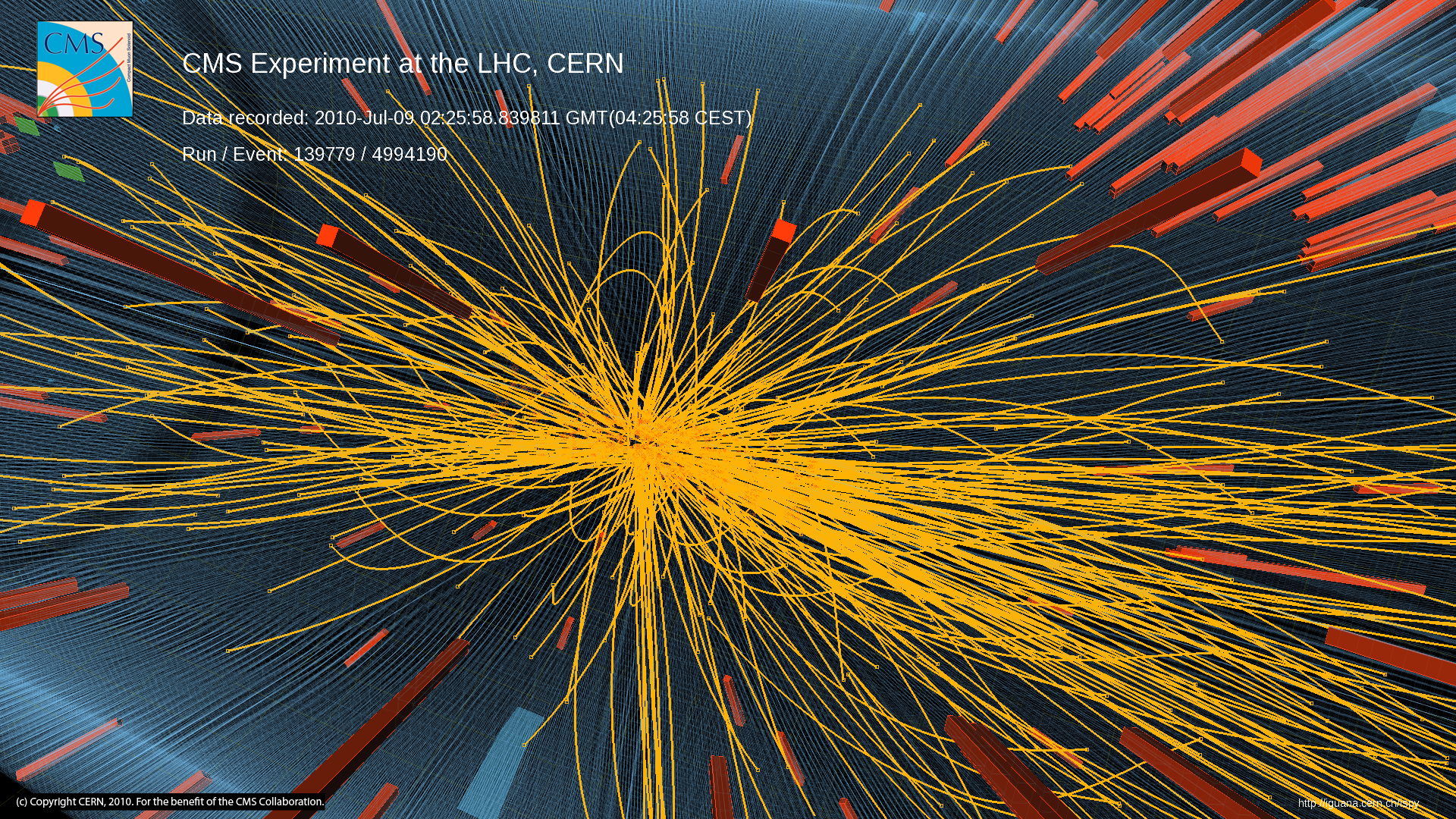
The CMS Collaboration at CERN released today a paper entitled "Observation of Long-Range Near-Side Angular Correlations in Proton-Proton Collisions" that details signs of a new phenomenon in proton interactions.
A study of "high multiplicity" collisions, where a hundred or more charged particles are produced, has revealed indications that some particles are somehow "correlated" – associated together when they were created at the point of collision.
It was considered natural to search for these correlations in the highest multiplicity proton-proton collisions at LHC as the particle densities begin to approach those in high-energy collisions of nuclei such as copper, where similar effects have already been seen...
Read the full CMS statement: English | French | German | Greek | Italian | Spanish | Chinese (traditional) | Chinese (simplified) | Finnish | Hungarian | Persian | Polish | Portuguese | Romanian | Russian | Serbian | Turkish
Other resources:
- Full paper: PDF | arXiv (accepted by JHEP)
- CMS "Scientific Summary"
- Images: Event display of collision | Correlation plots
- Slides from CMS Seminar at CERN: Introduction (G.Tonelli) | Main Talk (G.Roland)
- Log in to post comments

